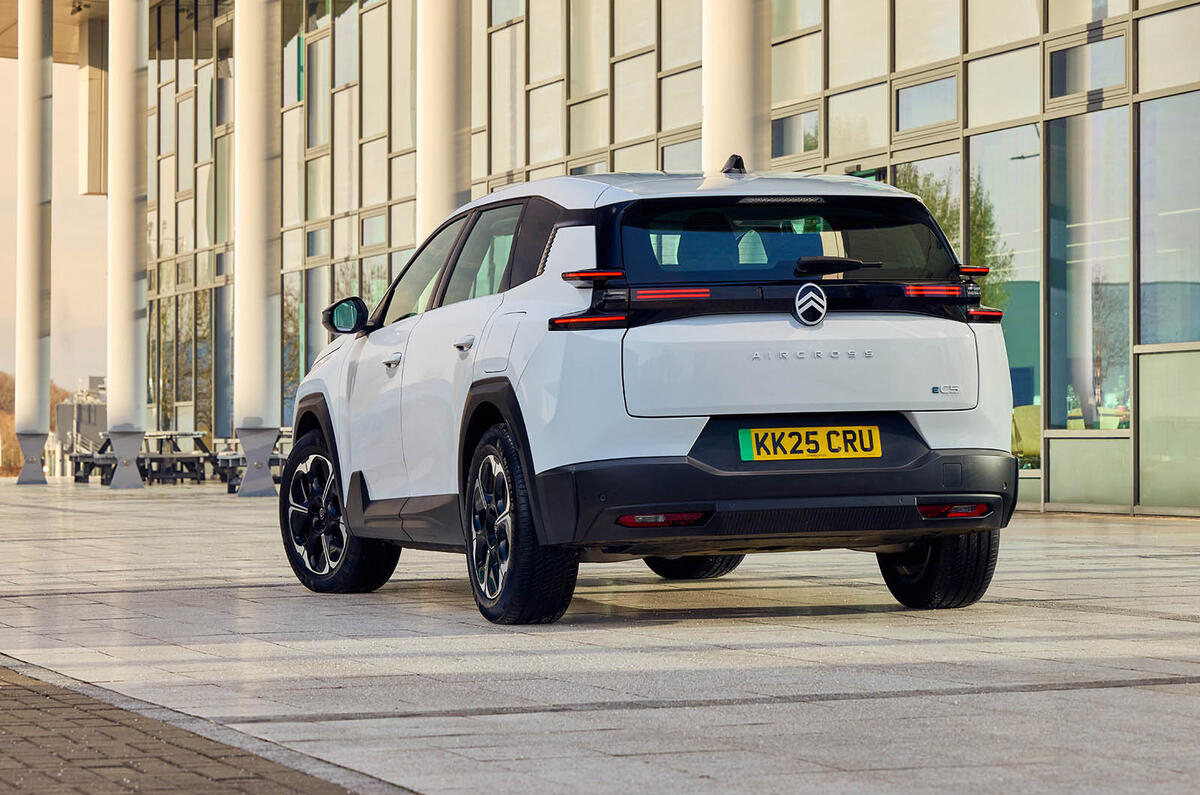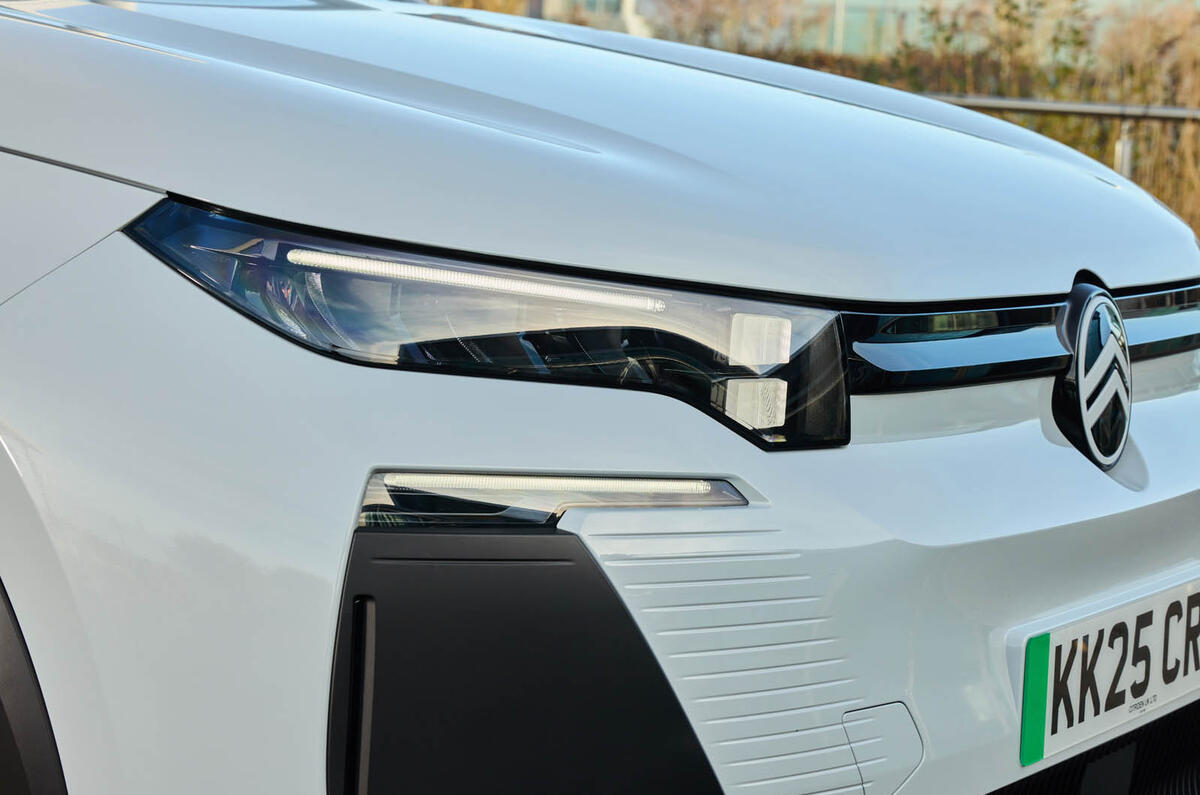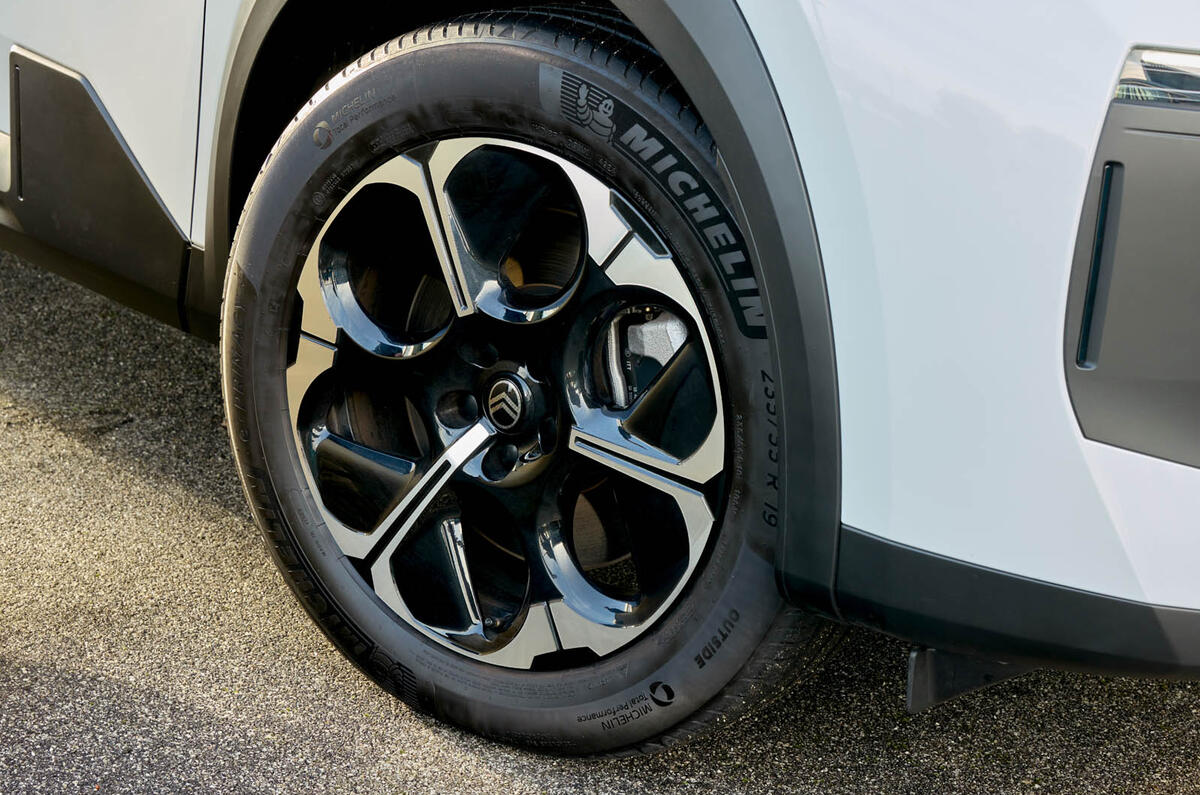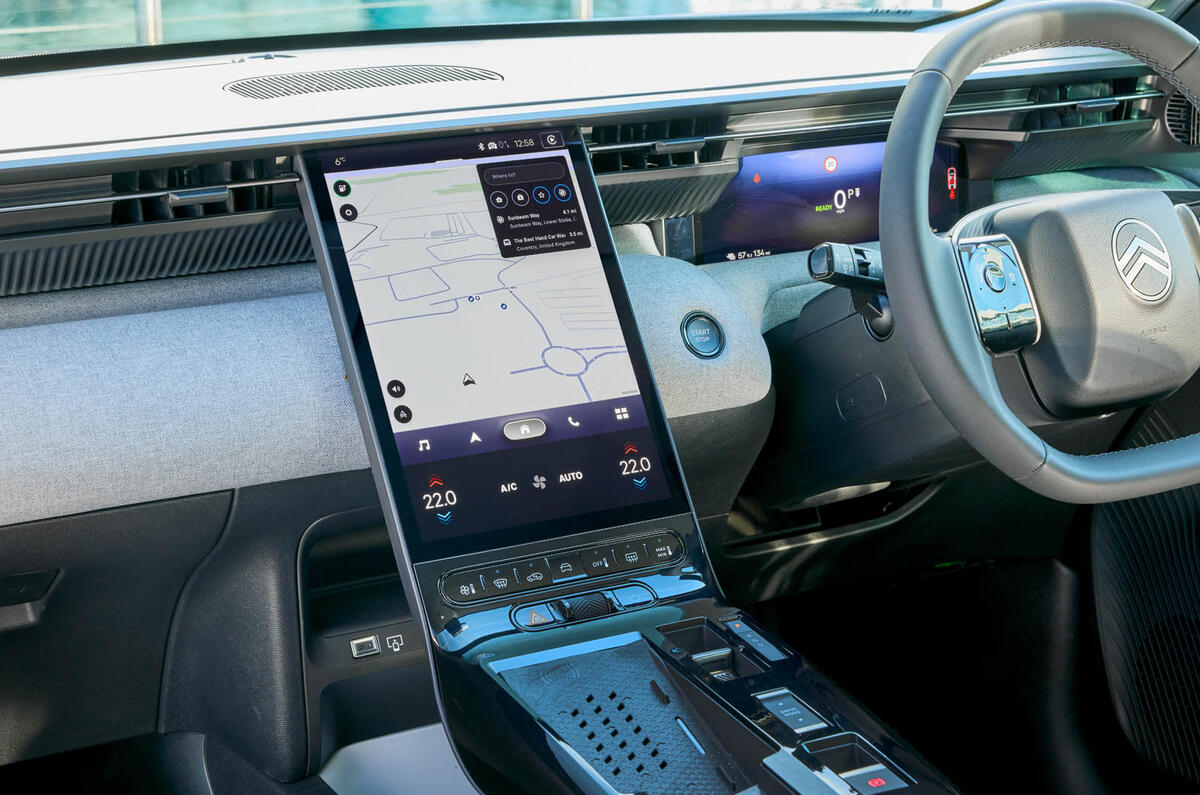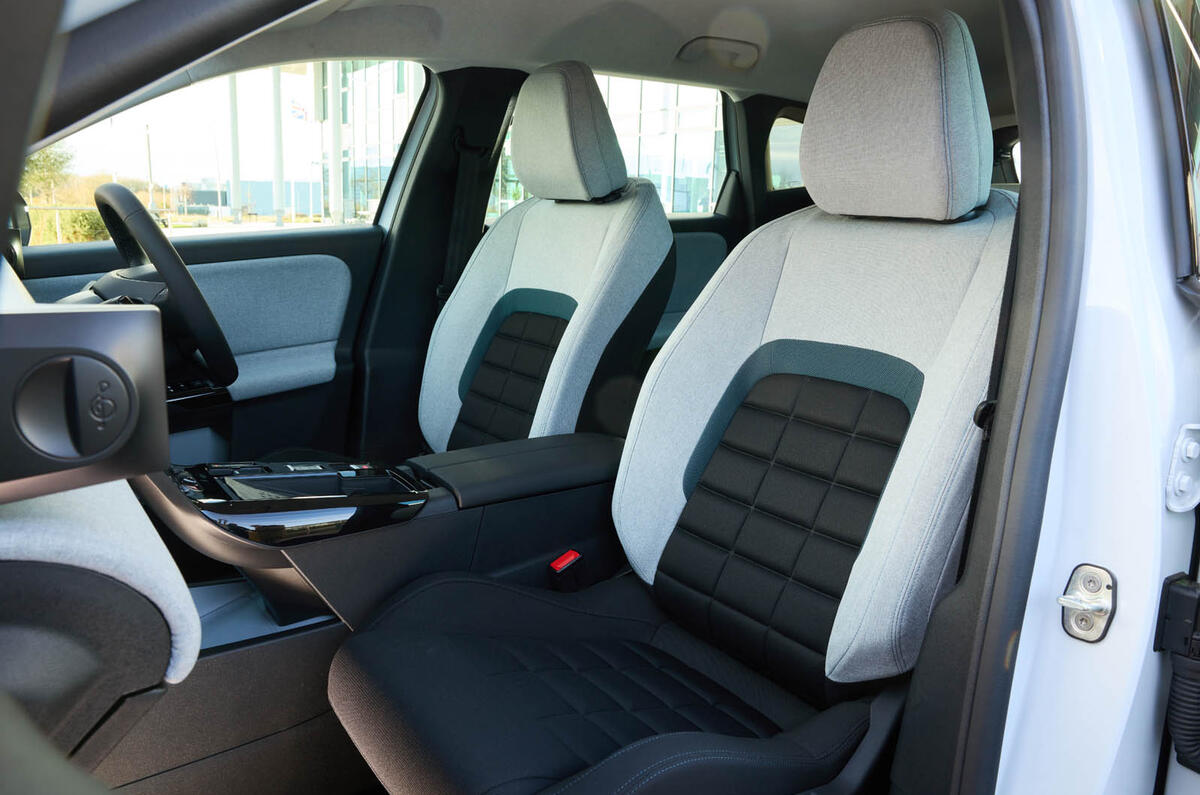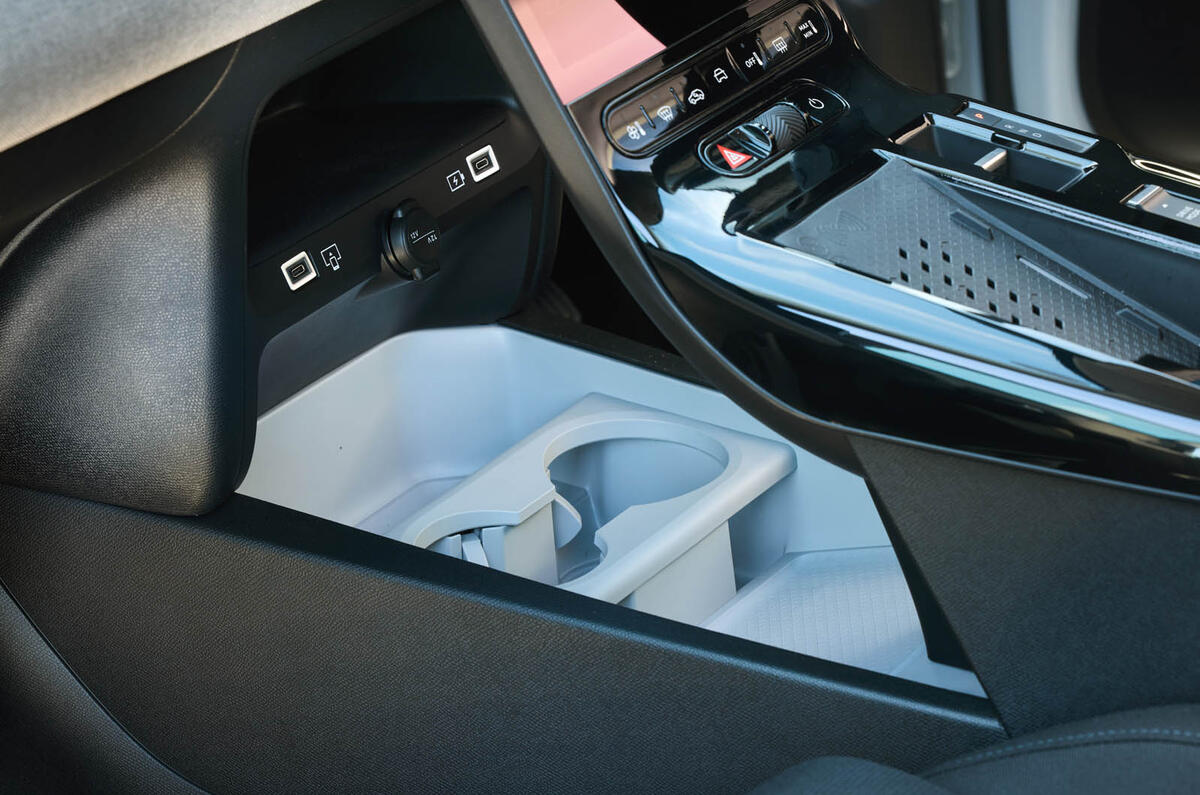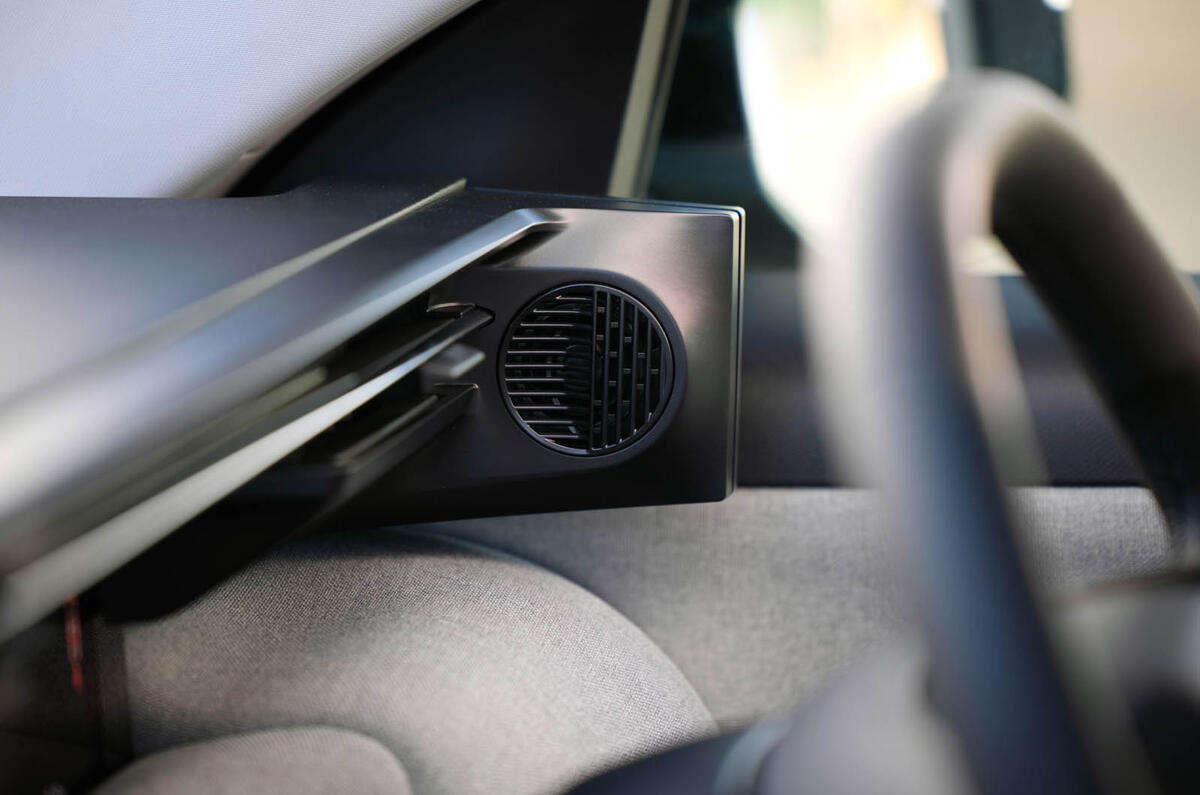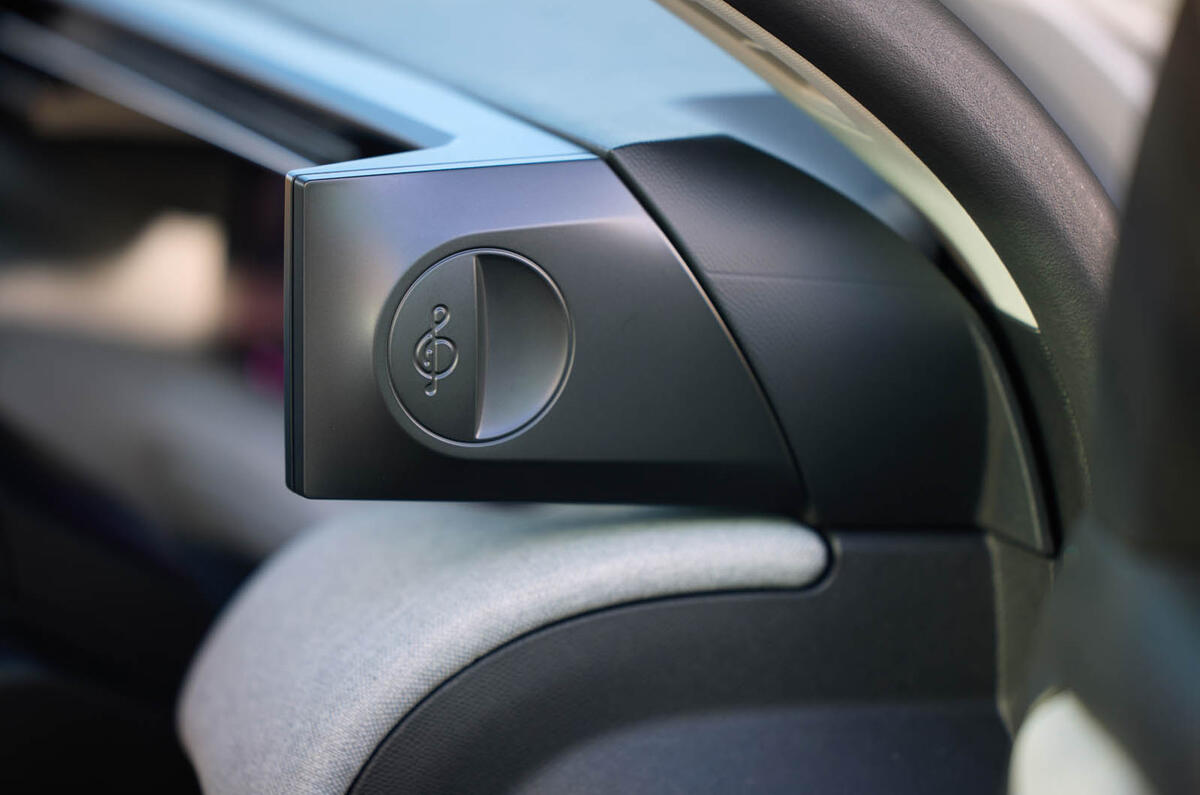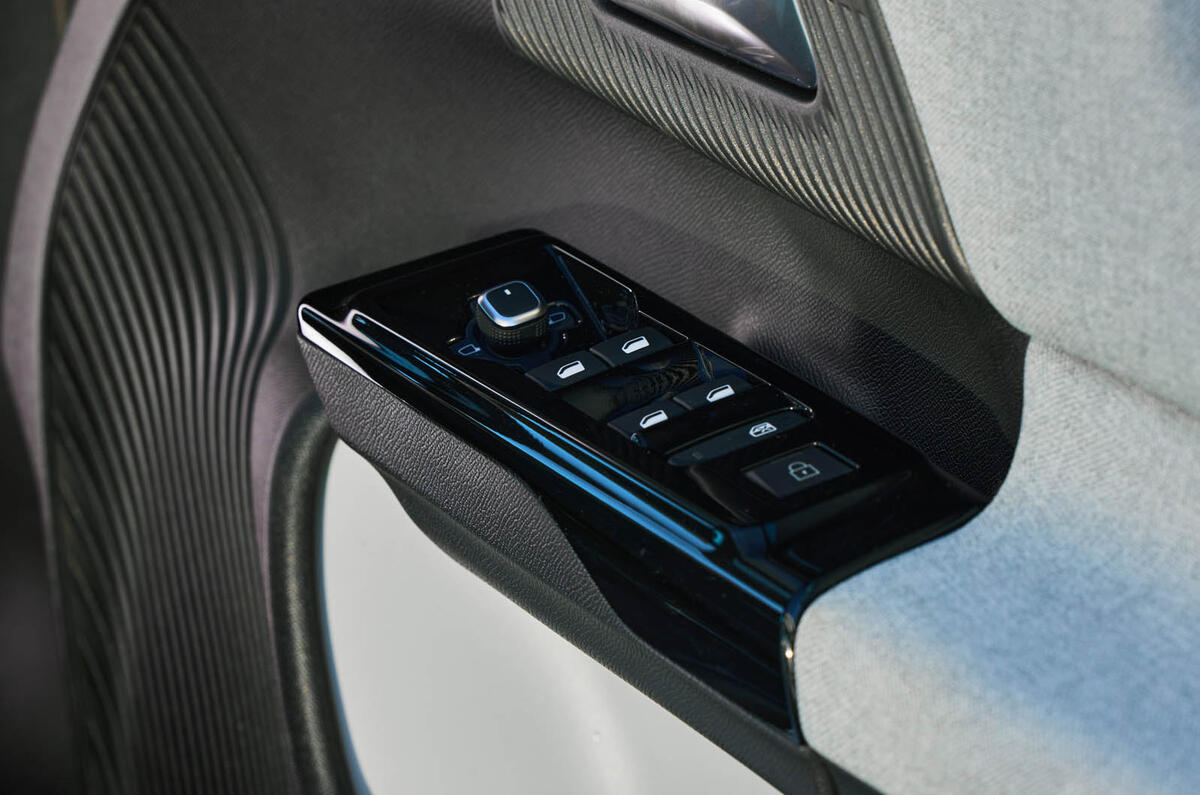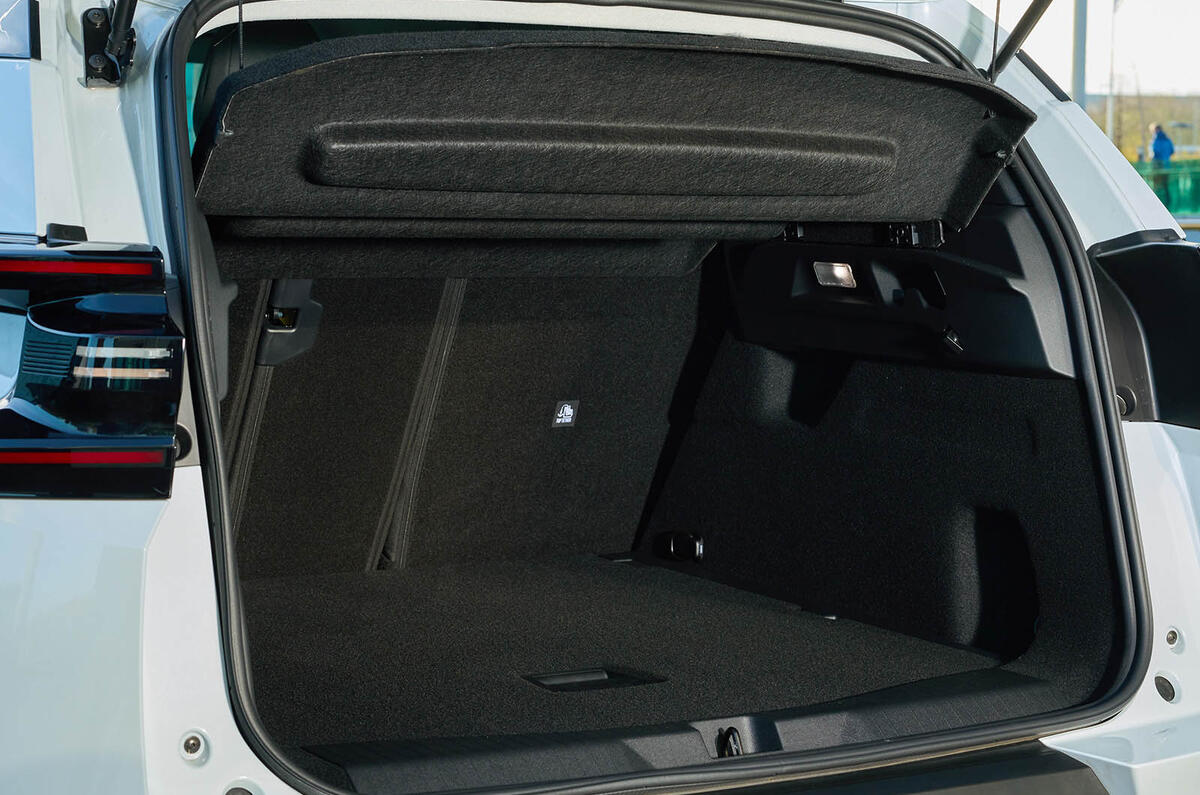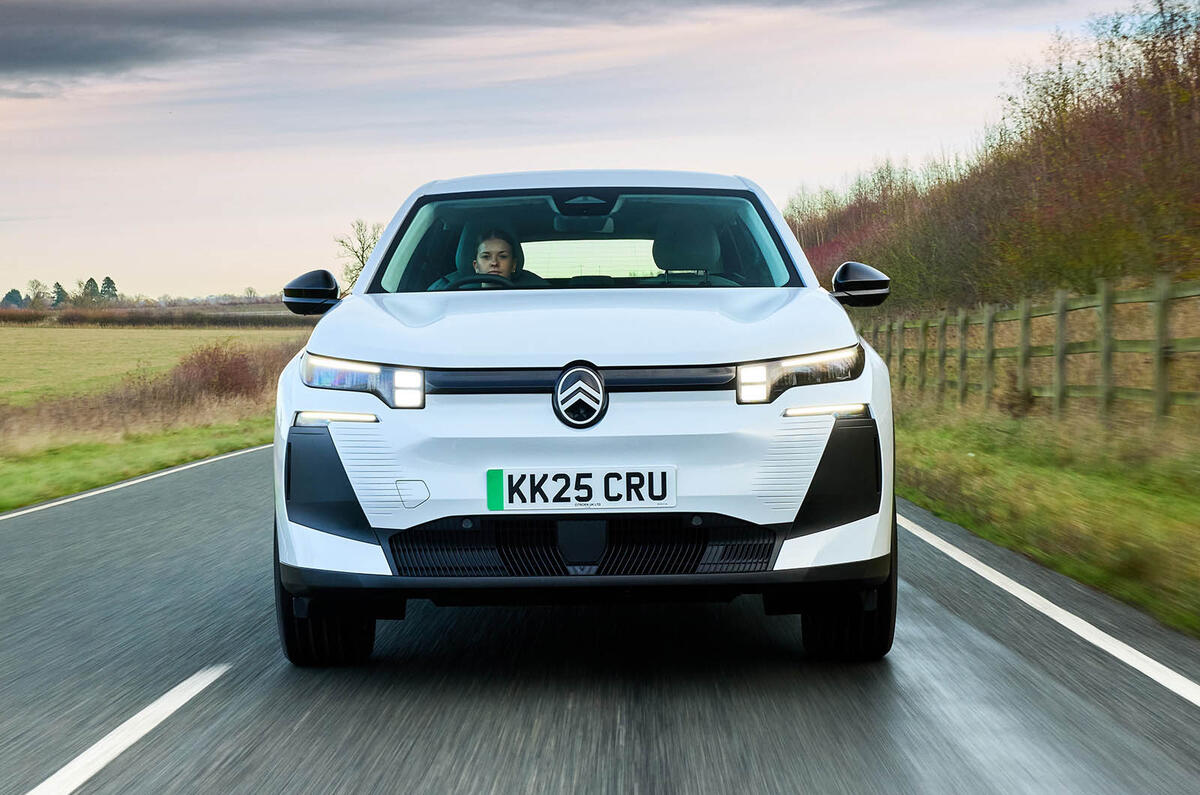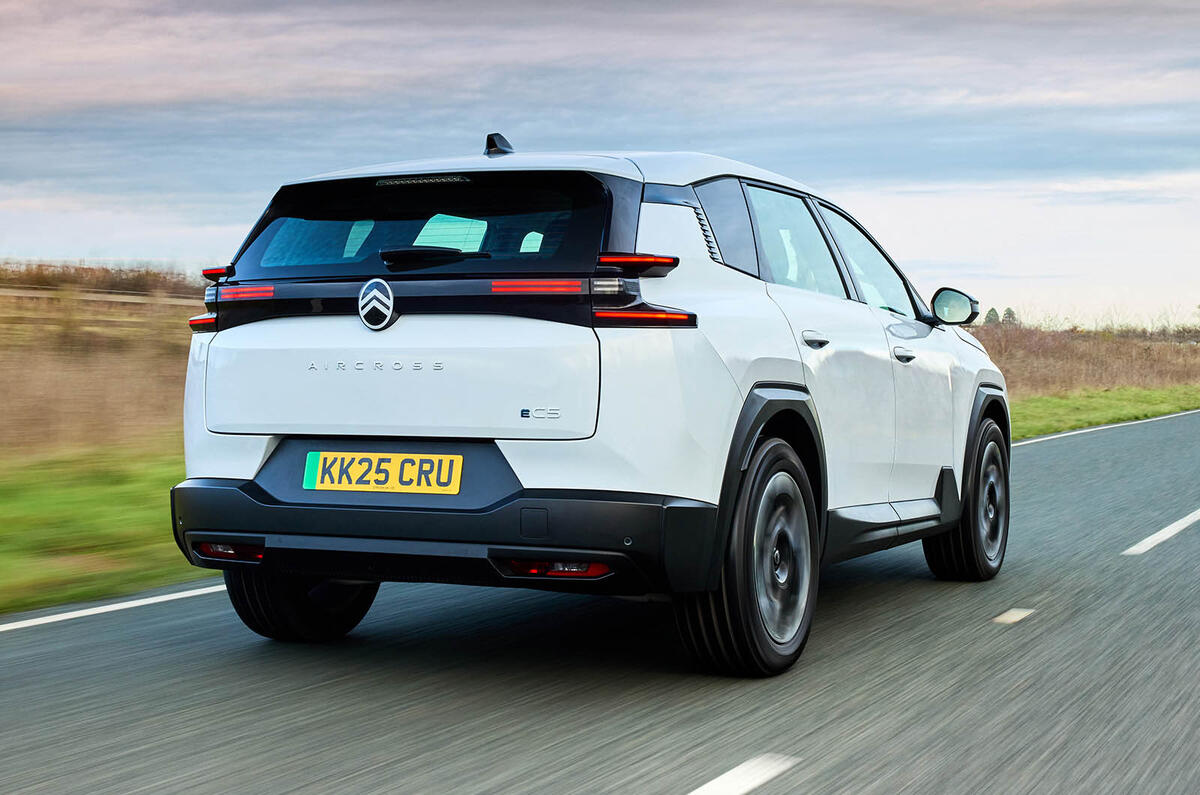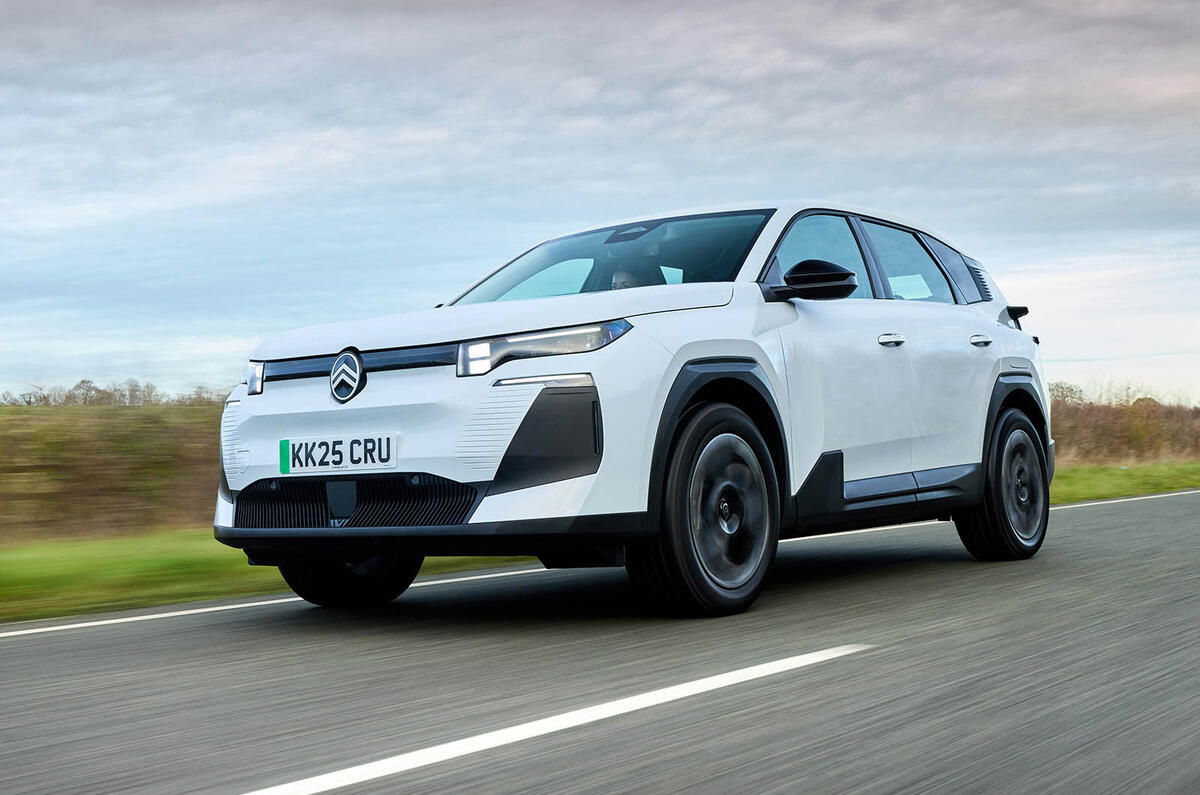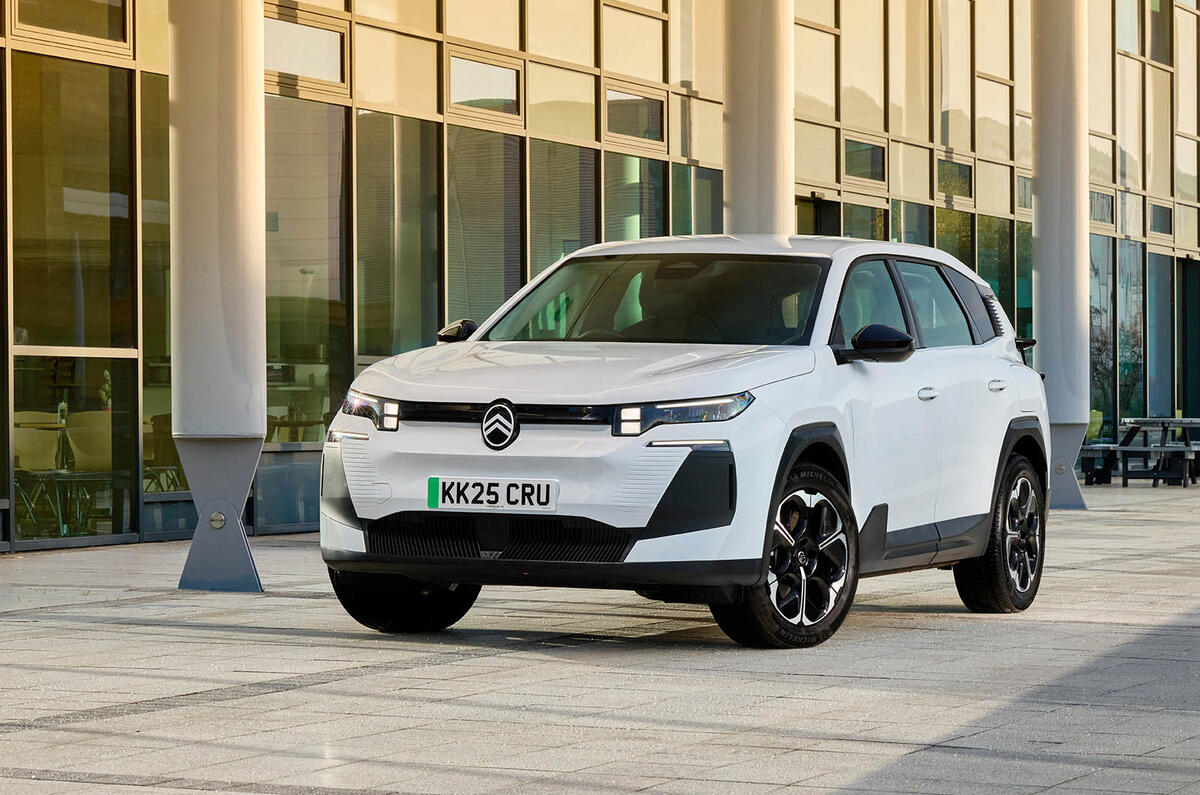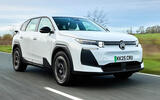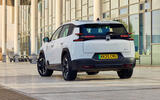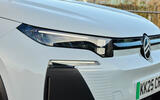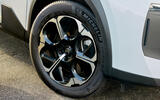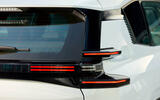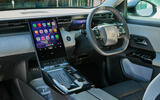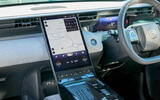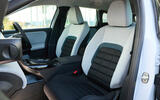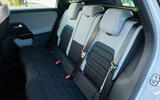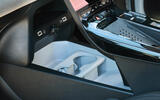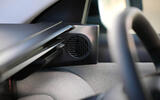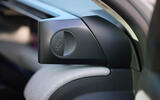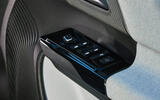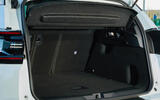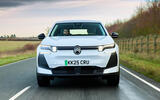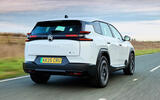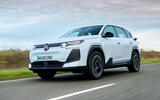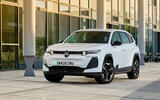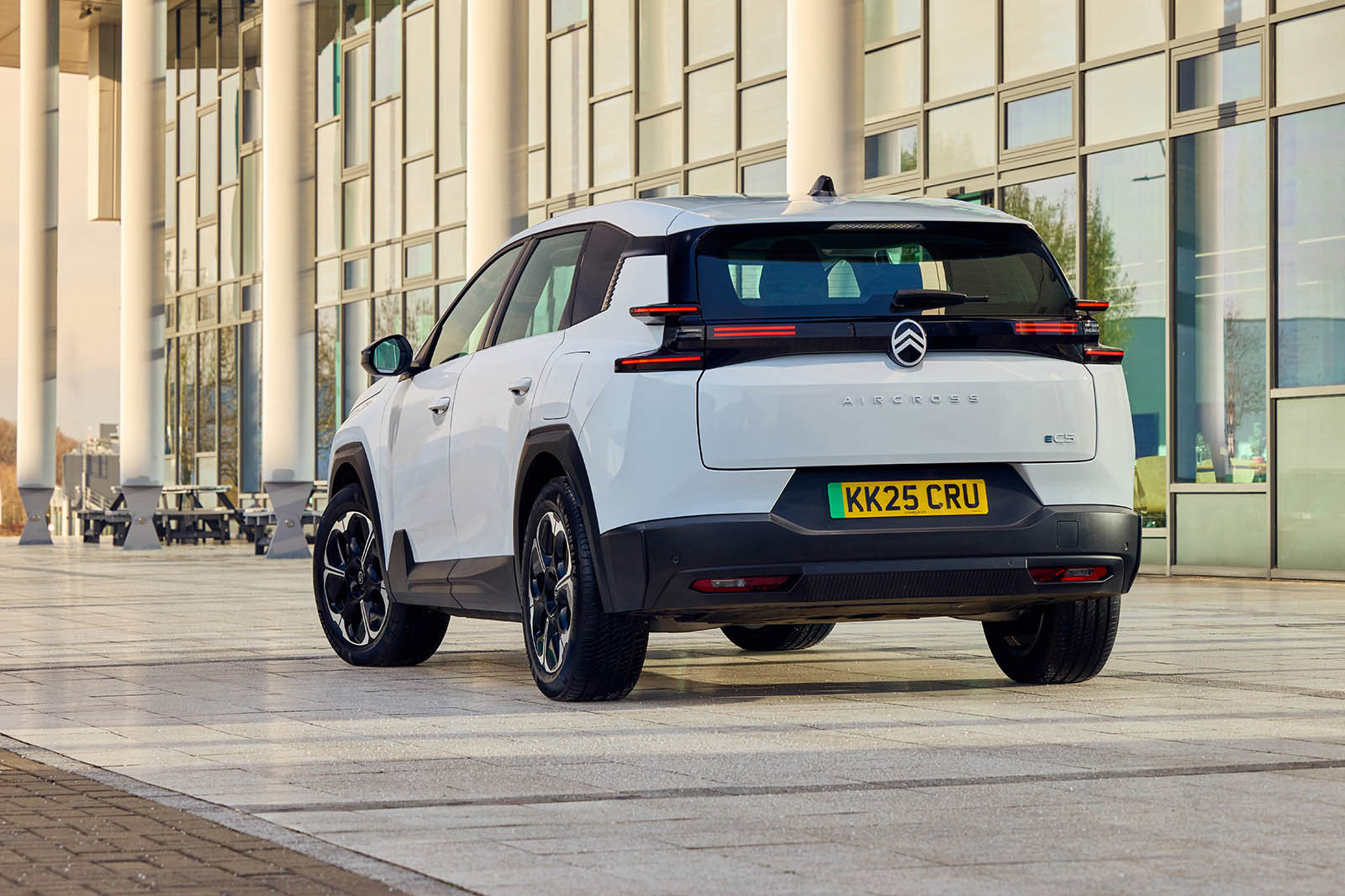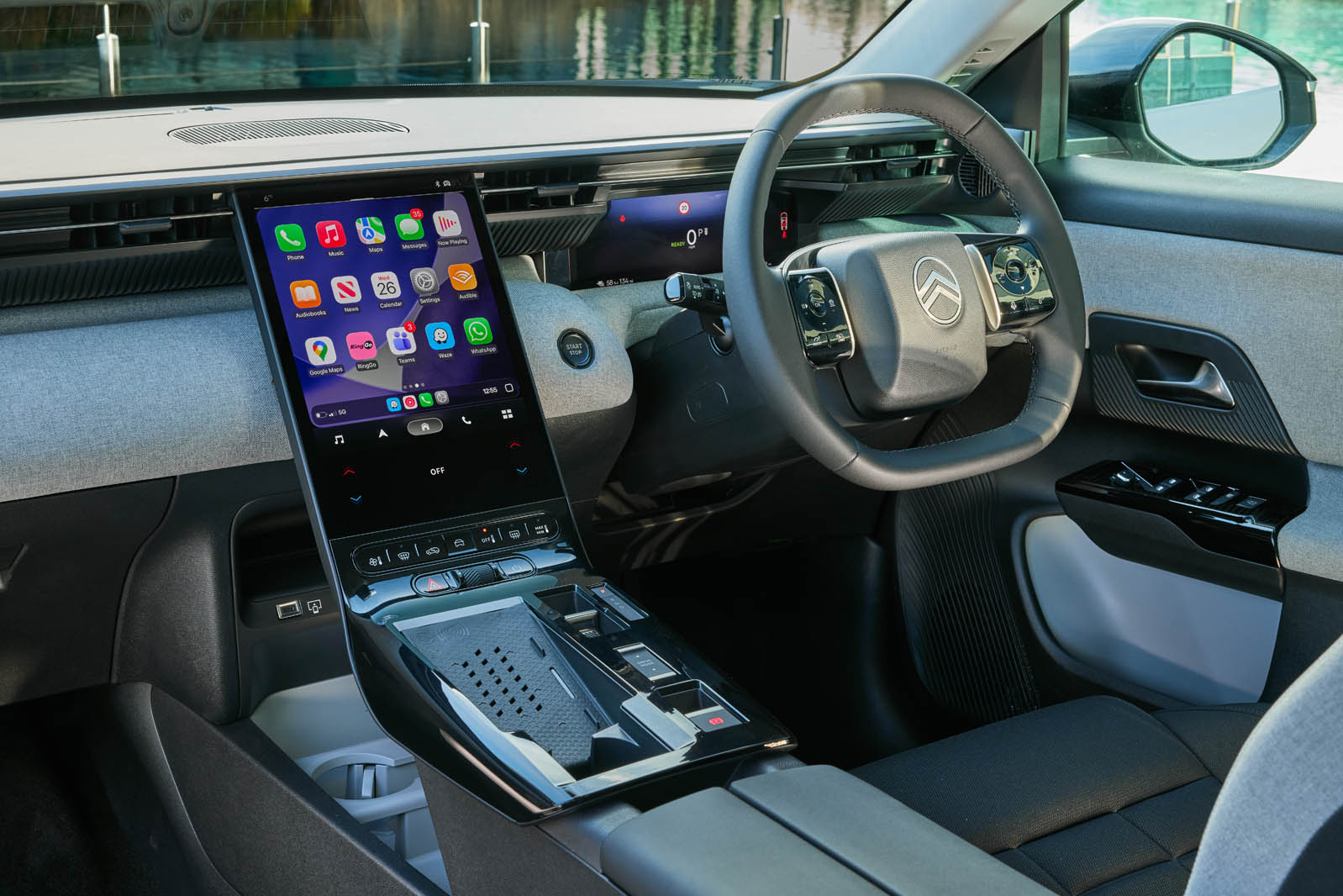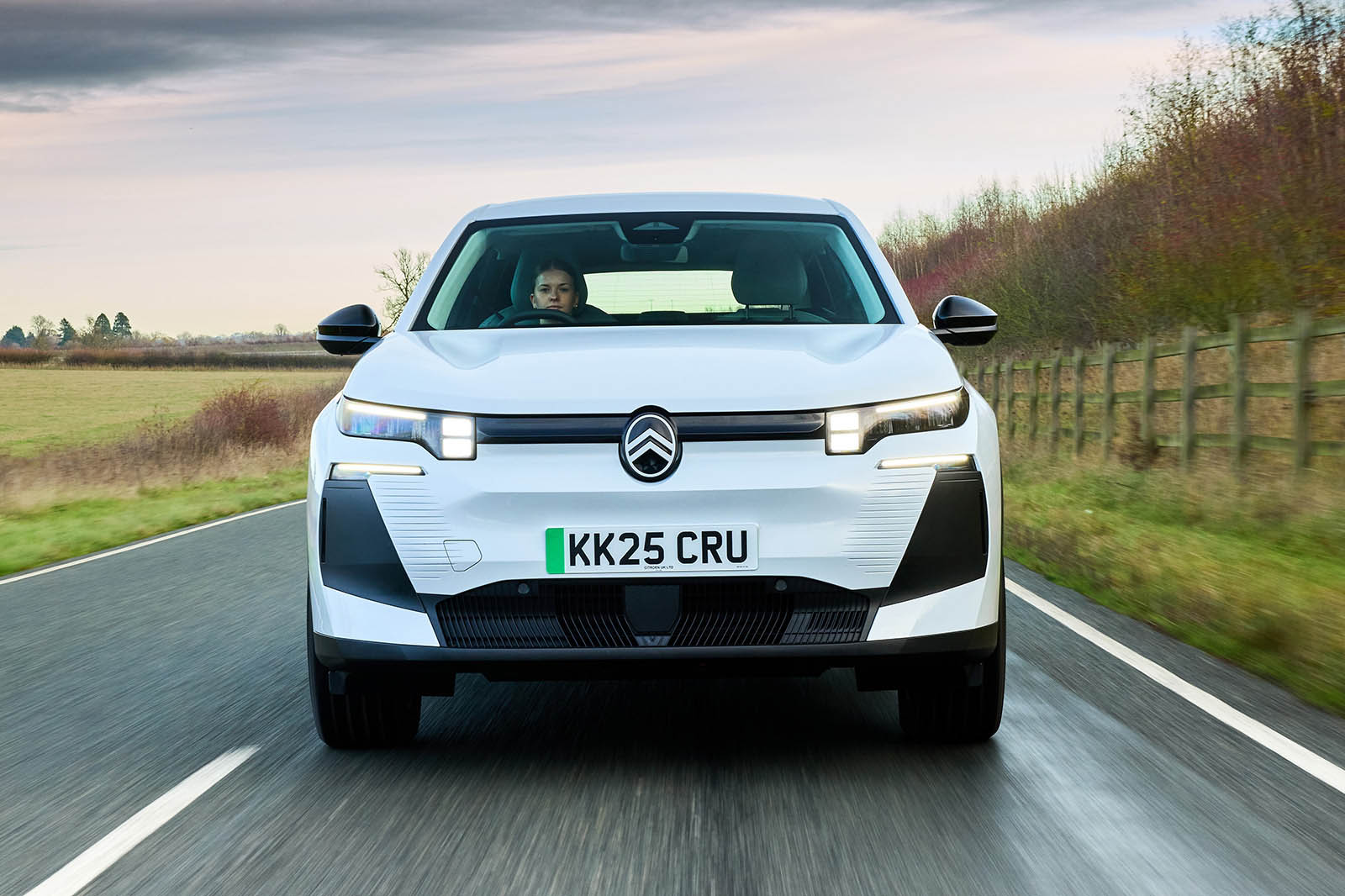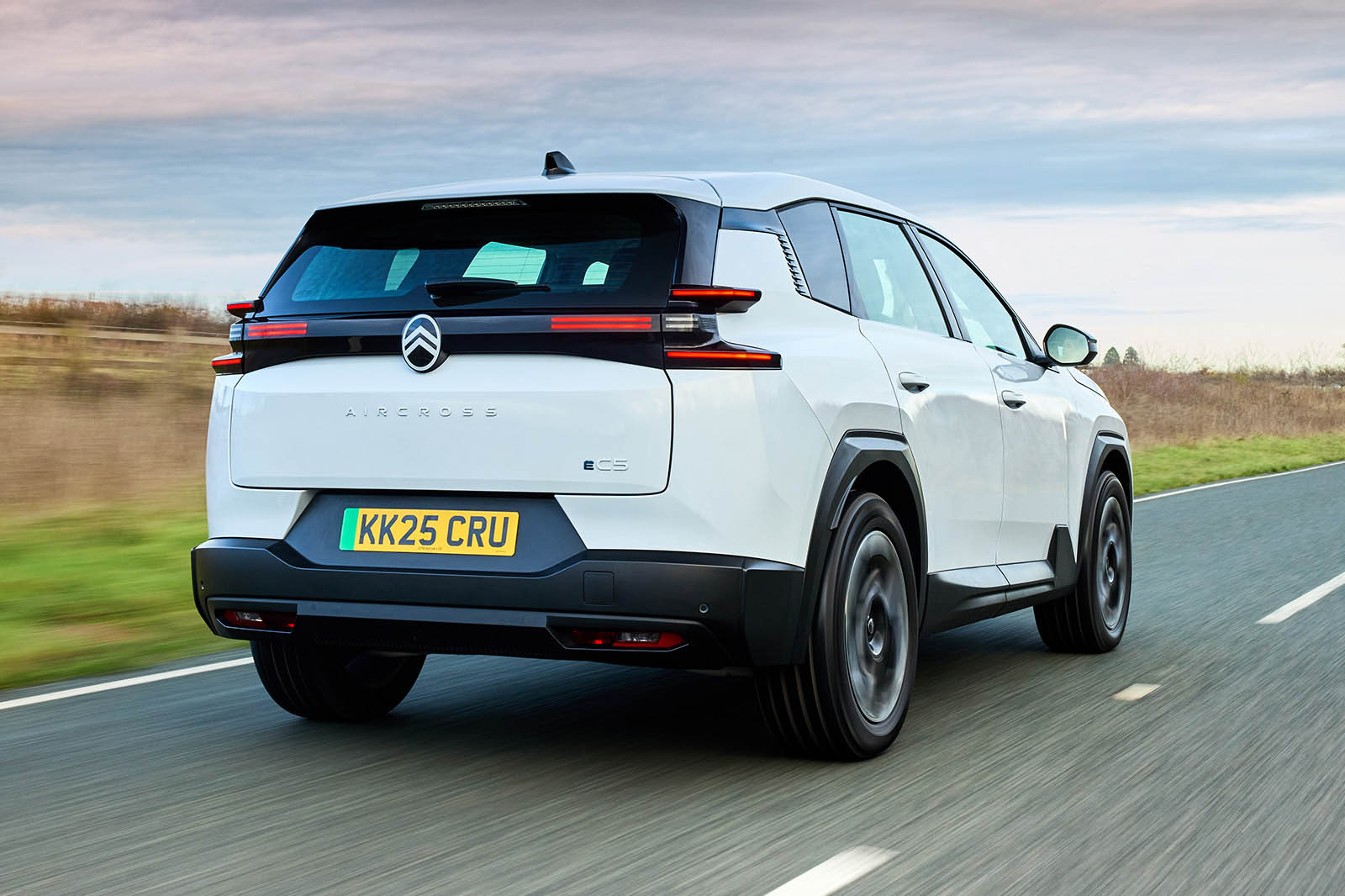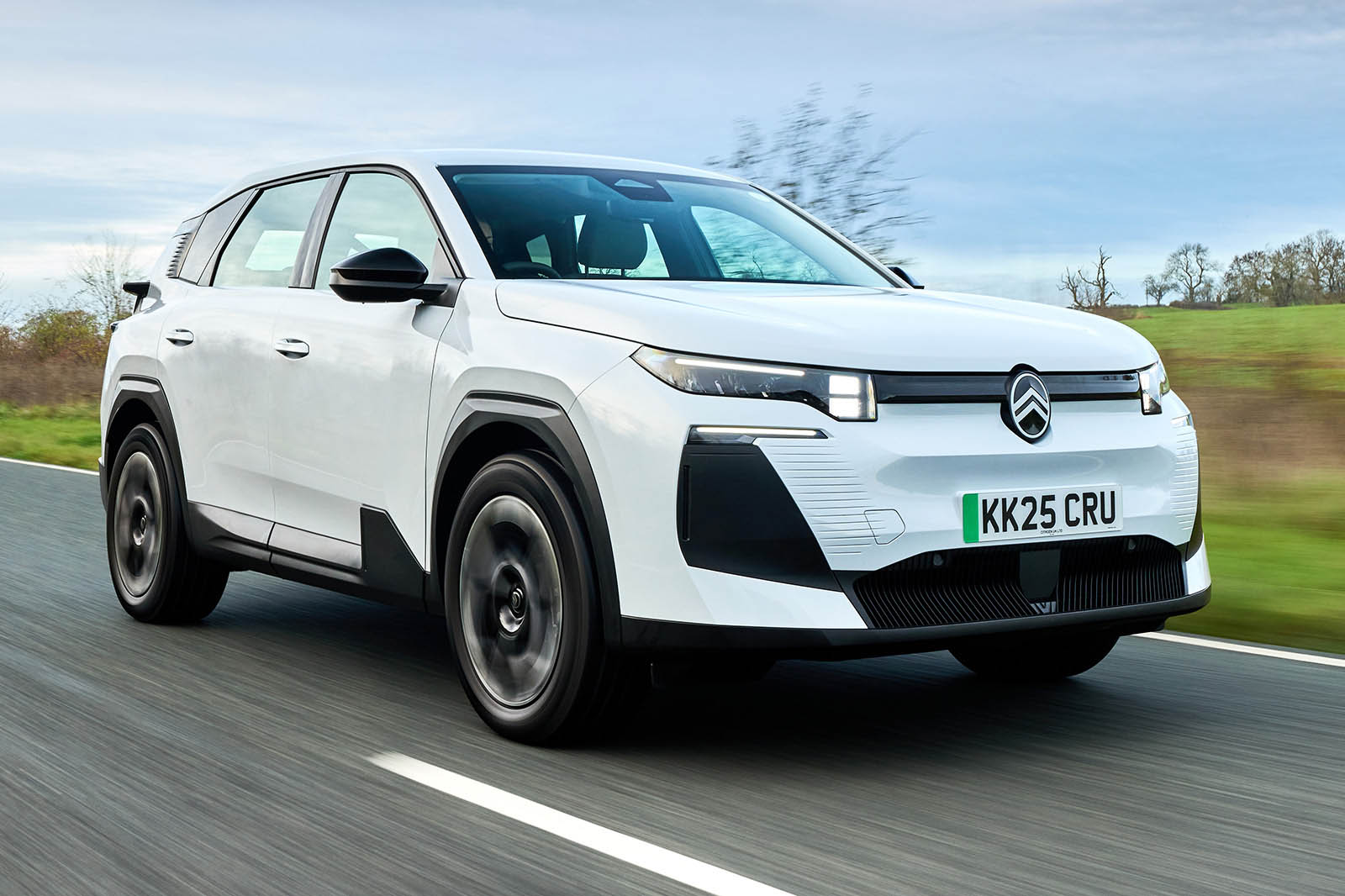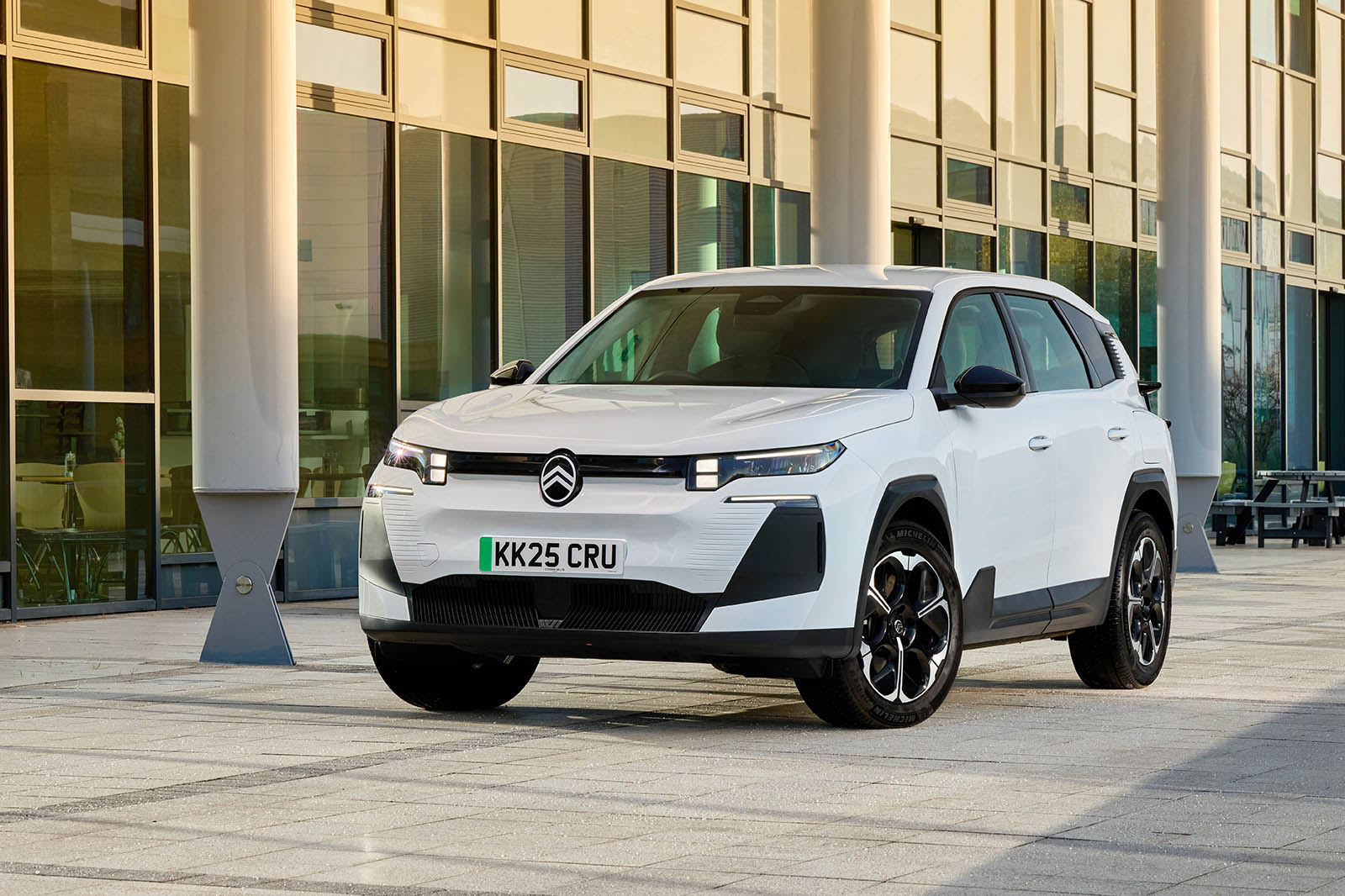Where Citroën really wants the C5 Aircross to stand out is in its interior design, space and practicality.
Increasing passenger space was one of the main takeaways from the customer clinics that Citroën ran throughout the C5 Aircross's development; customers said they wanted more rear leg room.
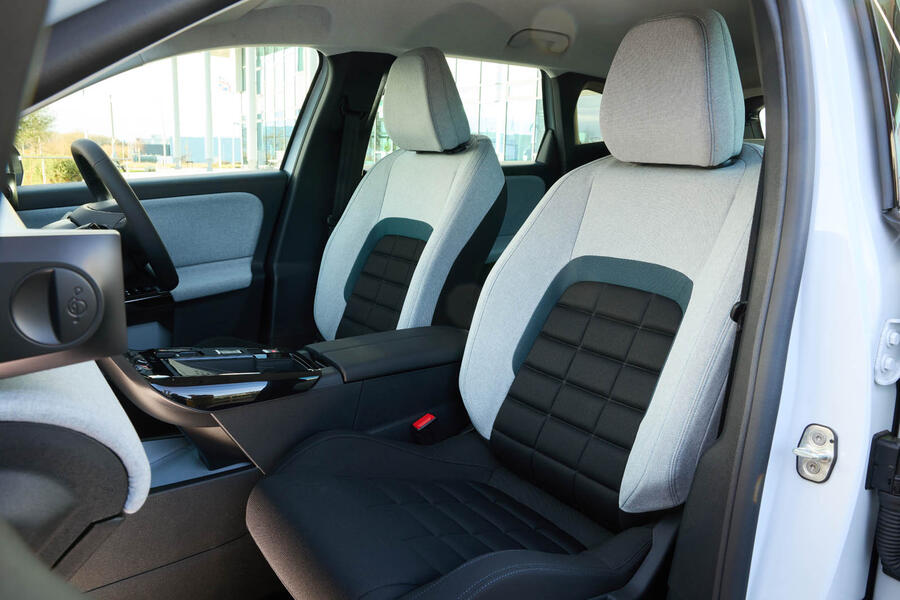
Sit in the back and there is good knee- and headroom, plus the added benefit of a reclining seatback function on mid-spec versions and above. It’s a comfortable place to be, and as roomy as anything you're likely to find for less than £35,000.
Seat comfort is another area of focus for Citroën for the interior of the C5 Aircross. There’s an extra layer of memory foam in the 'Advanced Comfort' seats over what's typical, and they are very comfy, with good adjustability and in top trim both heated and ventilated functions and adjustable side bolsters that can further squeeze you into place (still no cushion extension for the longer of leg, mind you, which plenty of other more modestly-billed seats do provide). I jumped into a Nissan Leaf straight after the C5 Aircross after one test run, and it was notable how rock-hard the Leaf’s pew was in comparison.
Entry-level You trim is said to have seats with slightly thinner trim than higher-spec models, but there's still more foam in them than is typical. The interior has a nice, lounge-like ambience, particularly if you go for a higher-end model trim model which will come with paler fabrics. There are some interesting trims and mouldings used, some just a little bit shiny and cheap-looking; but many recycled. One, even, from unwanted old grapevines.
The C5 Aircross's relationship to the 3008 and Grandland isn't immediately evident, as all these cars have a different look and feel inside, much more so than on smaller Stellantis group models, where the interiors all feel quite similar. The C5's interior design is based around a large central portrait touchscreen, anchored at the top of the dashboard on one end and fixed onto the centre console at the other for a waterfall effect. It's big, and backed up by a small row of physical switches below that make usability easier.
The screen does plenty of heavy lifting, among its tasks the temperature controls. Far from being fiddly and hard to find, these are giant buttons given permanent residency on the bottom of the screen whatever the menu.
This works quite well; but there's no real hidden depth or extra features on that screen. It's just a massive screen. The TomTom-supplied graphics on the navigation mapping aren't very good at all, and to that end I'd recommend using Apple CarPlay or Android Auto so you can use a third-party sat-nav app of your choice, such as Waze or Google Maps. It's integrated well, and easy to switch in and out of.
A large panoramic roof, optional in the top-spec model, makes for an even lighter cabin experience and is a welcome addition in making the cabin feel like a brighter place as rear visibility isn't anything special. Without it and in a darker trim, it might feel less spacious.





